Substitute C-22 Film
The first attempt to implementing C-22 process using the formulæ from the previous post was not very successful. It turned out that Cinestill ECN-2 kit is not the original formulation but some "simplified" contraption. The idea to dissolve the colour developer in the 0.5% solution of benzyl alcohol did not work. Cinestill Cs2 colour developer would not dissolve, with parts of the powdered chemistry precipitated while others floated on the surface.
There were no problems in preparing the formalin hardener and the bleach according to the C-22 formulas. The bleach formula was adjusted to accommodate for available chemistry: anhydrous Disodium hydrogen orthophosphate was used instead of the dodecahydrate form; dihydrate Monosodium dihydrogen orthophosphate was substituted for the anhydrous form; and finally potassium thiocyanate replaced the sodium salt. The chemicals above were sourced from Ace Chemical Company, Camden Park, South Australia. The adjusted bleach formula is given in the table below.
| Component | Amount, g |
|---|---|
| Potassium ferricyanide | 112.0 |
| Potassium bromide | 24.0 |
| Disodium hydrogen orthophosphate (anhydrous) | 24.6 |
| Monosodium dihydrogen orthophosphate (dihydrate) | 20.3 |
| Potassium thiocyanate | 8.9 |
The colour developer was improvised by adding 5 ml of Benzyl Alcohol into 1 L of Tetenal Colortec C-41 colour developer. The developer was well-used and nearly exhausted after processing 5 batches of film. Development time was calculated at 13 minutes at 23.9 °C using the times provided by Tetenal for normal and "alternative" development at 30 °C and 45 °C. To compensate for the exhaustion development time was increased to 13 minutes.
Stop bath was replaced by thorough wash and Ilford Rapid Fixer was used as a fixing solution. The remaining processing steps were as described in the blog. A one-minute wash in Photo-flo was added as a final step.
A roll of Kodacolor-X type 120 film with the process-before date of January 1976 was exposed in Zeiss Ikon Ikonta 515 on a bright winter afternoon. The film was rated at 50 ISO with bracketing at +1 and +2 stops (for most shots). Here are a few frames from this roll.
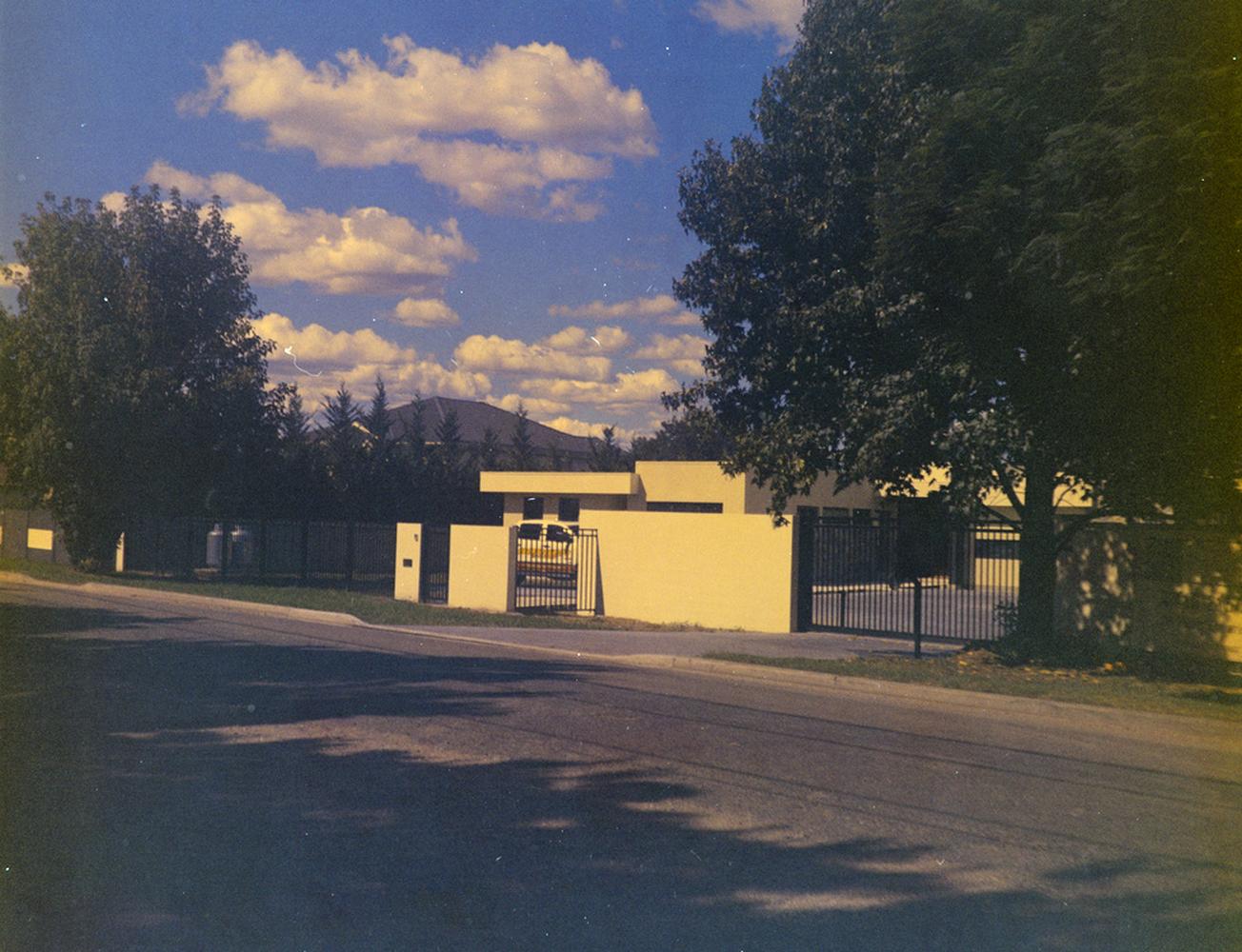
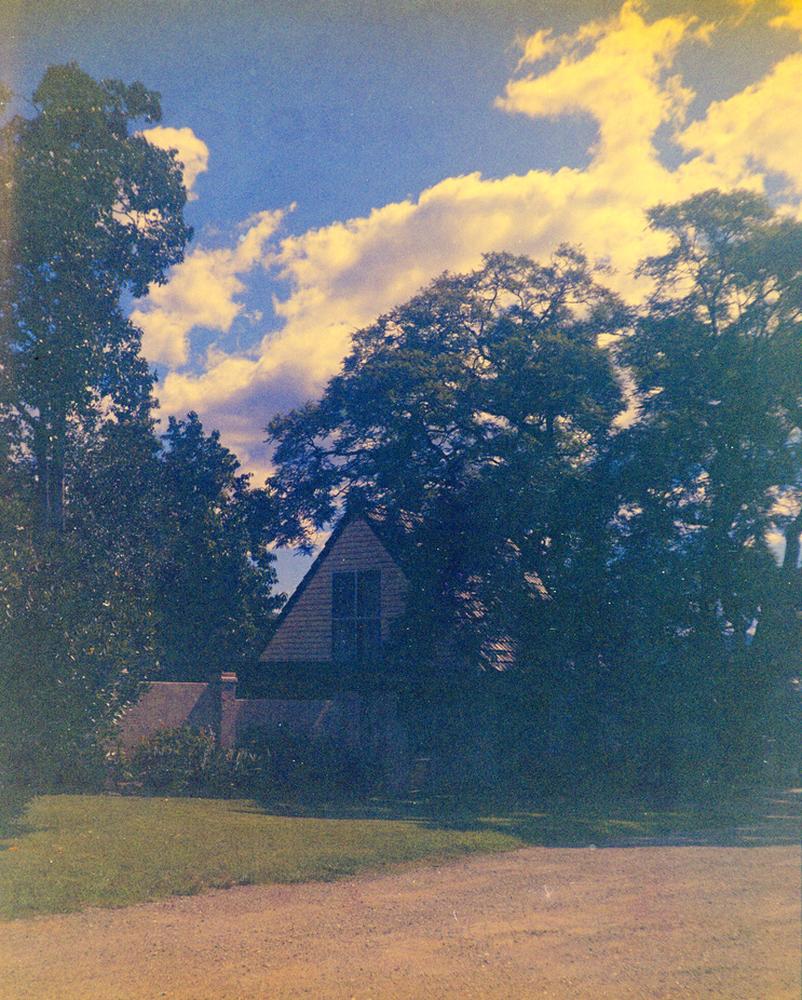
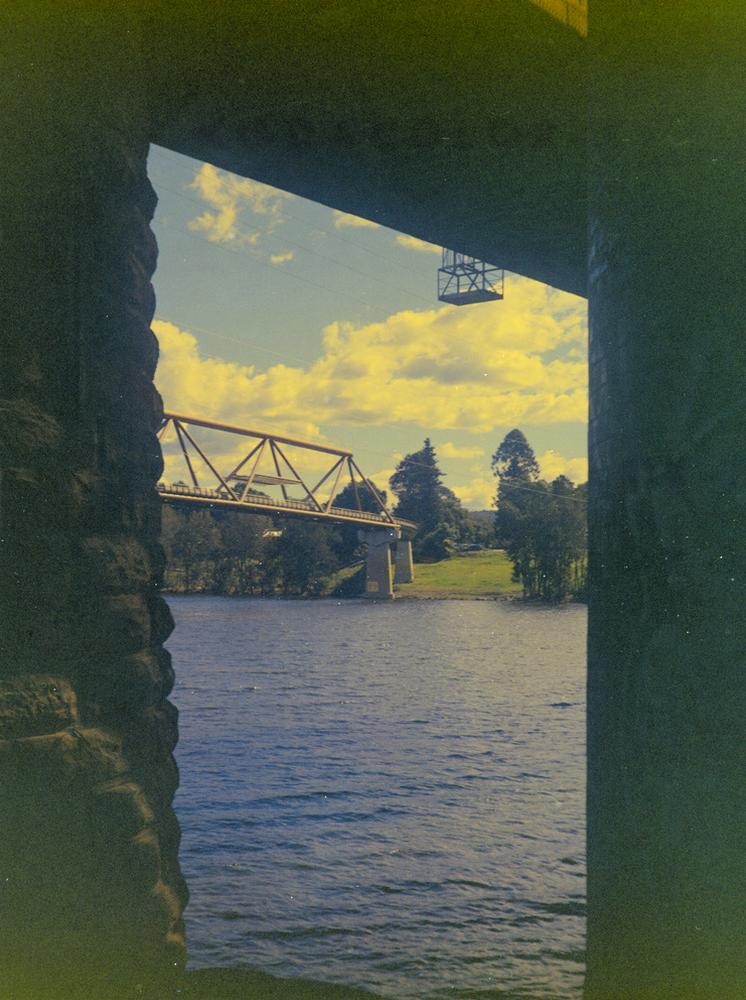
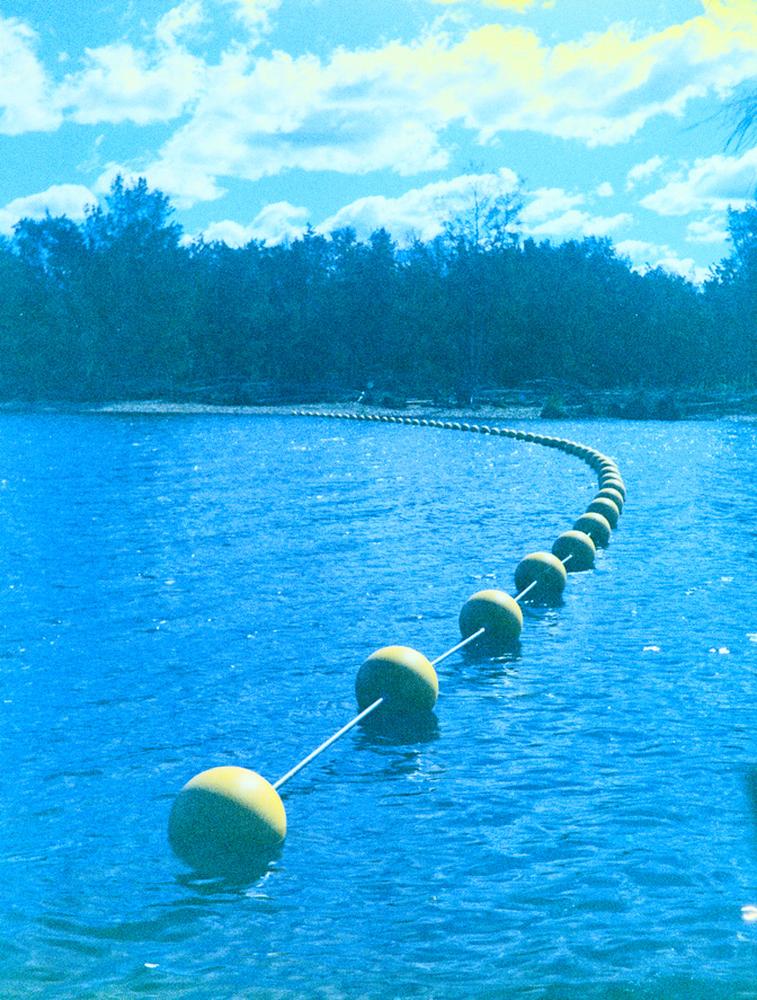
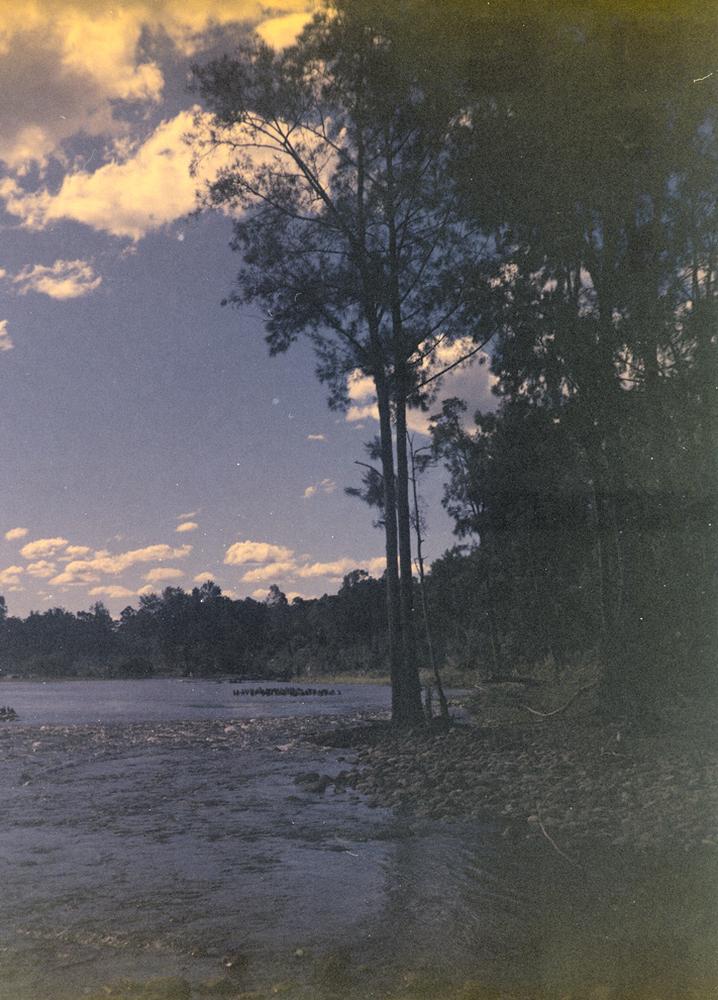
As is usually the case with cross-processing in C-41 developer, the contrast and saturation are very high. Subsequently, the images look similar to those processed in cold C-41, like the ones here. There might be better dye density and improved stability achieved by using the correct hardener and bleach, but otherwise the benefits of the original C-22 process remain questionable until it is properly implemented and tested.